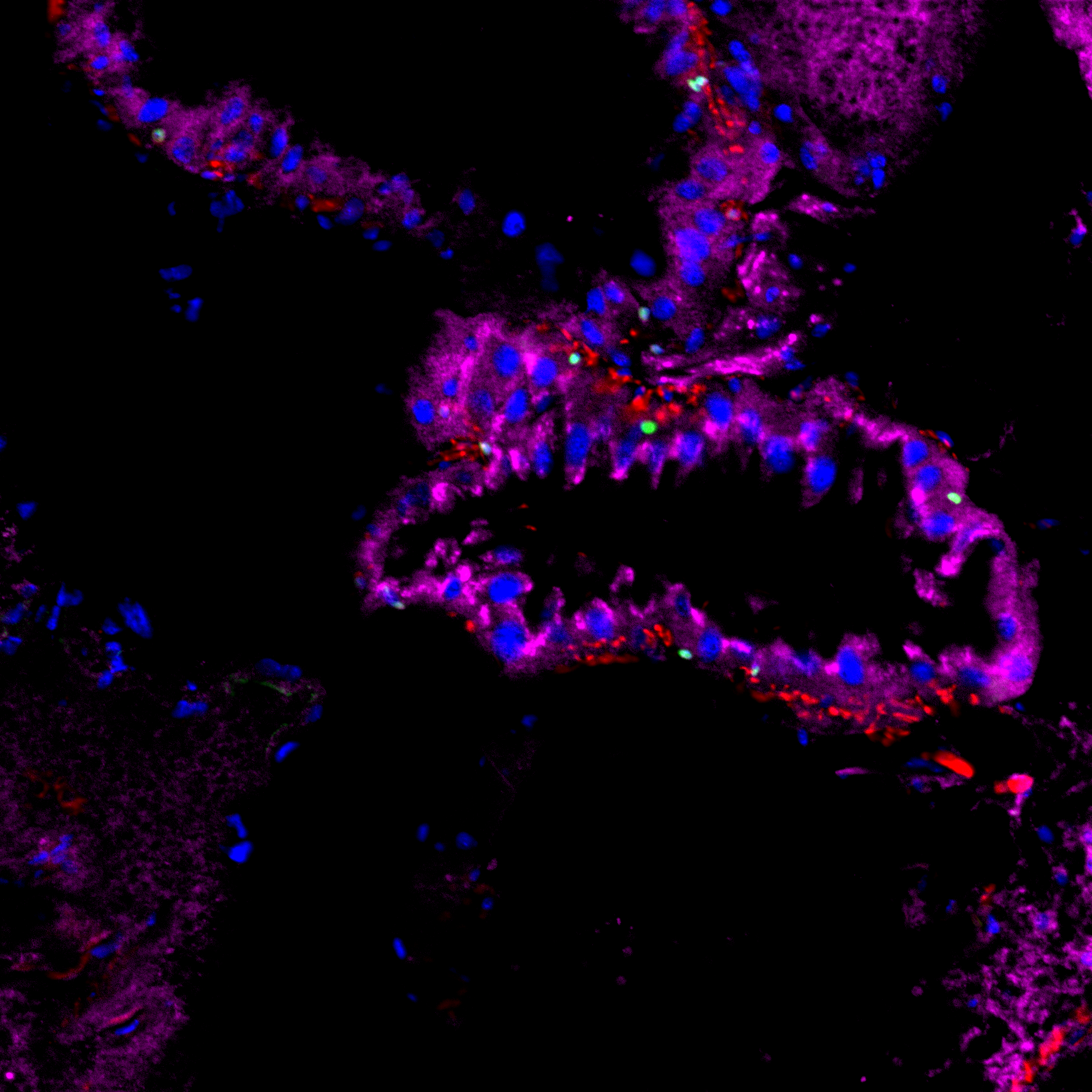Academy of Excellence "Space, Environment, Risk and Resilience"
Cry toxins used in genetically modified crops: Mode of action and unintended effects
Are the toxins in Bacillus thuringiensis (Bt) biopesticides and in genetically modified crops safe for human health and the environment?
Academy 3 highlight
This multidisciplinary project combines genetics, powerful biochemical tools, electronic microscopy and cellular/physiological approaches to assess and characterize the potential negative effects of the ingestion of Bacillus thuringiensis (Bt) toxins. It contributes to the topic “Risk assessment of biocontrol agents and genetically modified crops on human health and the environment.”
The project

The +
This study is the first to characterize the mode of action of Cry toxins in the gut of non-target species. Results obtained will contribute to improving the assessment of the risks of biocontrol agents and GM crops for human health and the environment and avoid reproducing past pesticide disappointments.
What’s next?
This study will continue as a part of a larger project that aims to characterize the binding sequences of Cry toxins with intestinal proteins responsible for the disturbance of many cellular and molecular processes, in an attempt to suppress unintended effects while maintaining insecticidal properties against target lepidopterans.
Project information
|
Scientific domain
Environmental and Human Health, Biology |
Key words Biopesticide Cry toxins Risk assessment Bacillus thuringiensis kurstaki (Btk) |
|
Total budget
€5,000 from Academy 3
|
Students involved
Auriane Louis-Jacquet (Master) |
| Partners ISA - Université Côte d’Azur, CNRS, INRAE CCMA - Université Côte d’Azur |
Project members Nathalie Zucchini-Pascal Armel Gallet Marie-Paule Esposito |

Nathalie Zucchini-Pascal
ISA - Université Côte d’Azur, CNRS, INRAE

















